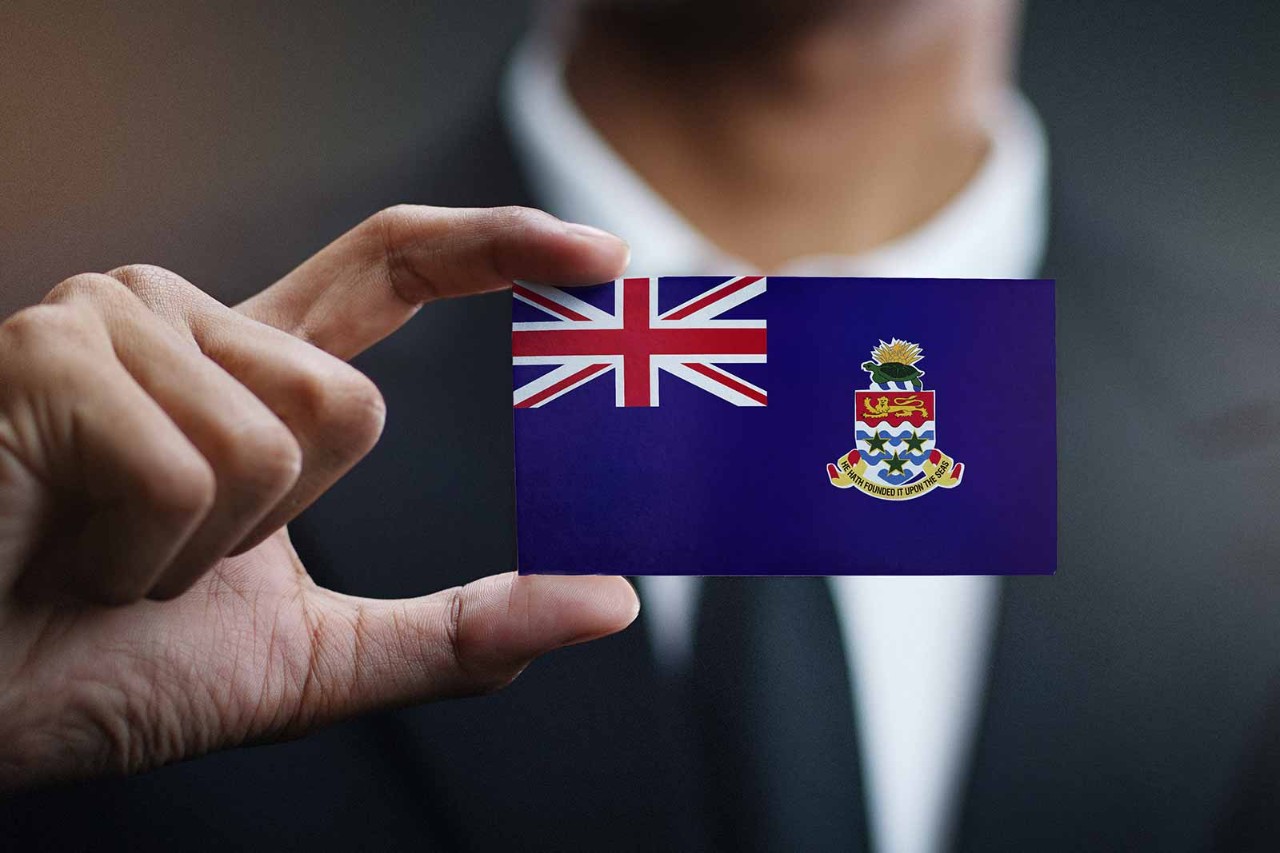
The celebrations on 1 July which marked the 25th anniversary of the creation of the Hong Kong Special Administrative Region (HKSAR) also highlighted how Hong Kong continues to merge the past with the present and the traditional with innovation, a trait that runs deep through Hong Kong’s DNA.
Also marking that anniversary, the Hong Kong Palace Museum officially opened, with an exhibition of more than 900 artworks on loan from the collection of the Palace Museum in Beijing. Housed in a seven-storey ultramodern building in the newly developed harbourside arts district, the Chinese national treasures on display include paintings, calligraphy, bronzes, ceramics, jade, metalwork, enamelware, lacquerware, seals, costumes and textiles, jewellery, rare books and architecture. Some of the objects are 4,000 years old and more than 160 are classified as national treasures.
To cater to Hong Kong citizens’ enthusiasm for collectibles, the 100,000-plus who have bought tickets to visit the museum within 100 days of its opening have a chance to win a commemorative non-fungible token (NFT).

Hong Kong continues to merge the nostalgia of the past with the potential and opportunities of the future
In another nod to modernity that distinguishes the Hong Kong Palace Museum from the historic institution in Beijing’s Forbidden City, one of the galleries hosts multimedia works by contemporary Hong Kong artists, who took their inspiration from the historic collection. One example is a robotic arm that waves a red ribbon to symbolise the writing of ancient script, although it takes a little bit of imagination to equate the steady hand and concentration of a master of calligraphy with an emotionless device generating distorted text.
ETF extension
In keeping with Hong Kong’s status as an international finance hub, and similarly launched to coincide with the 25th anniversary of the HKSAR, ETF Connect is the latest addition to a series of crossborder financial mechanisms that allow Hong Kong and international investors to access designated markets in mainland China, and qualified mainland investors to tap Hong Kong’s markets.
Under the northbound link of the new trading scheme, 83 mainland-listed exchange-traded funds (ETFs) – 53 in Shanghai and 30 in Shenzhen – can be traded by Hong Kong and international investors through local brokers. Under the southbound link, mainland investors can choose Hong Kong ETFs that have their underlying assets predominantly listed in Hong Kong and whose daily average assets under management amount to at least HK$1.7bn (US$220m).
The inclusion of ETFs is considered an important milestone as it is the first time that the Connect scheme has been expanded beyond stock trading. While the initial scope of ETF Connect may look narrow, the scheme is ‘a good start’, according to analysts and fund industry participants, and creates an opportunity to ‘test the waters’.
ETF Connect is another financial tool for Hong Kong to strengthen its international connector role
They point out that, as with other new crossborder initiatives, regulators have adopted a gradual, prudent approach. The initial scope of ETF Connect can therefore be expected to lean towards being conservative. As the programme gains traction, other product types could be introduced, adding significant potential as connectivity expands.
Importantly, ETF Connect is another financial tool for Hong Kong to strengthen its international connector role while solidifying its position as a leading Asian ETF trading hub.
Even though Hong Kong’s Covid-related travel restrictions and social distancing rules drag on, inhibiting many pre-Covid business operations, true to form, the SAR continues to merge the nostalgia of the past with the potential and opportunities of the future.





